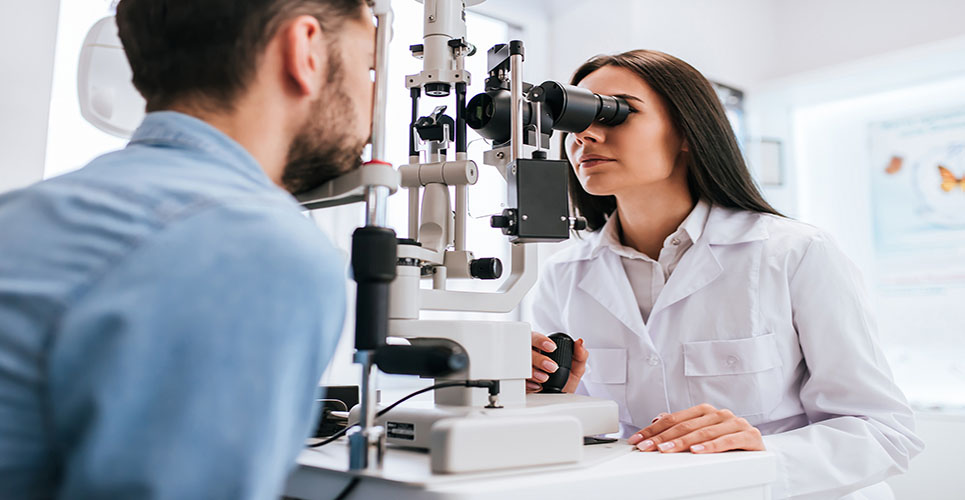teaser
People who drink coffee are less likely to develop primary late-onset blepharospasm, an involuntary eye spasm which makes them blink uncontrollably and can leave them effectively blind, according to a study published online ahead of print in the Journal of Neurology Neurosurgery and Psychiatry.
The effect was proportional to the amount of coffee drank, and one to two cups per day were needed for the protective effect to be seen. The age of onset of the spasm was also found to be later in patients who drank more coffee – 1.7 years for each additional cup per day.
Previous studies have suggested that smoking protects against development of blepharospasm, but this study, led by Professor Giovanni Defazio of the University of Bari, Italy, did not show a significant protective effect.
Late-onset blepharospasm is a dystonia in which the eyelid muscles contract uncontrollably; this starts as involuntary blinking but in extreme cases sufferers are rendered functionally blind despite normal vision because they are unable to prevent their eyes from clamping shut.
The study involved 166 patients with primary late-onset blepharospasm, 228 patients with hemifacial spasm – a similar muscle spasm that usually begins in the eyelid muscles but then spreads to involve other muscles of the face – and 187 relatives of patients. The second two groups acted as controls.
The participants were recruited through five hospitals in Italy and asked whether they had ever drunk coffee or smoked, and if so for how many years. They were also asked to estimate how many cups of coffee they drank and/or packs of cigarettes they smoked per day. The age of onset of muscle spasms was recorded for patients who experienced them and a reference age was calculated for each of the patients’ relatives, based on the duration of the spasms in the other group.

Regression analysis was used to observe the relationship between coffee drinking and smoking on the development of blepharospasm.
The authors say: “Our findings raise doubt about the association of smoking and blepharospasm but strongly suggest coffee as a protective factor.
“The most obvious candidate for the protective effect is caffeine, but the low frequency of decaffeinated coffee intake in Italy prevented us from examining the effects of caffeine on blepharospasm.”
They suggest that caffeine blocks adenosine receptors, as has been proposed for its mechanism in protecting against Parkinson’s disease.
The authors estimate that people need to drink one to two cups of coffee per day for the protective effect to be observed.
“Considering that the caffeine content of a cup of Italian coffee (60–120mg) is similar to the average content of a cup of American coffee (95–125mg), the protective effect on the development of blepharospasm might be exerted at caffeine doses greater than 120–240mg, comparable with the caffeine doses suggested to be protective in Parkinson’s disease,” they say.
J Neurol Neurosurg Psychiatry 2007; doi: 10.1136/jnnp.2007.119891
